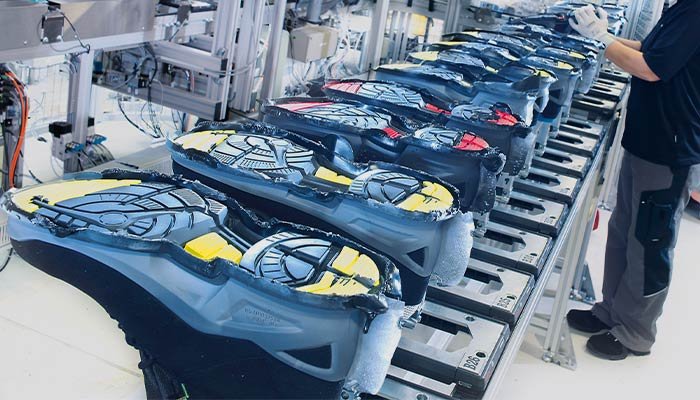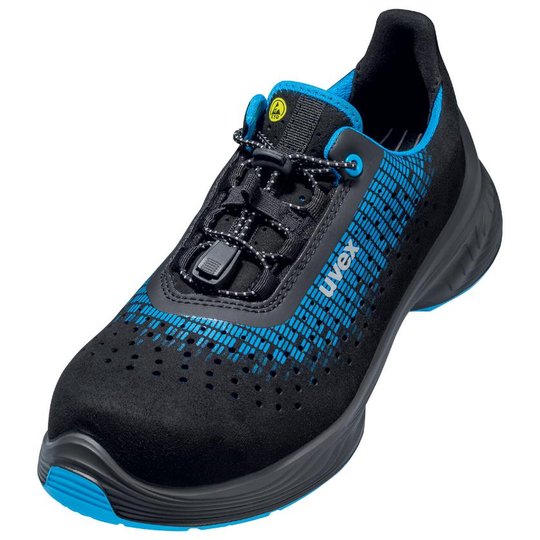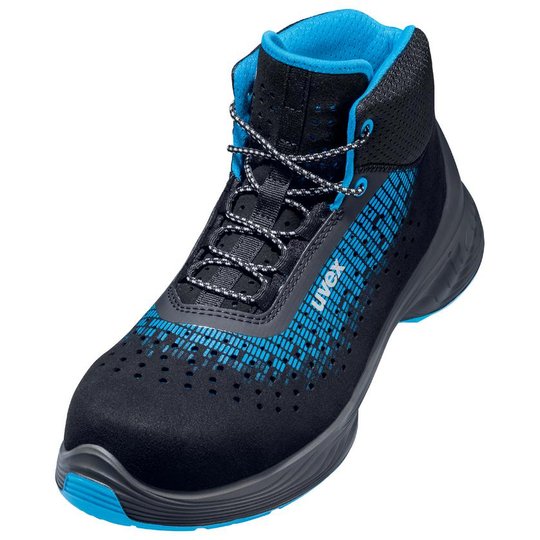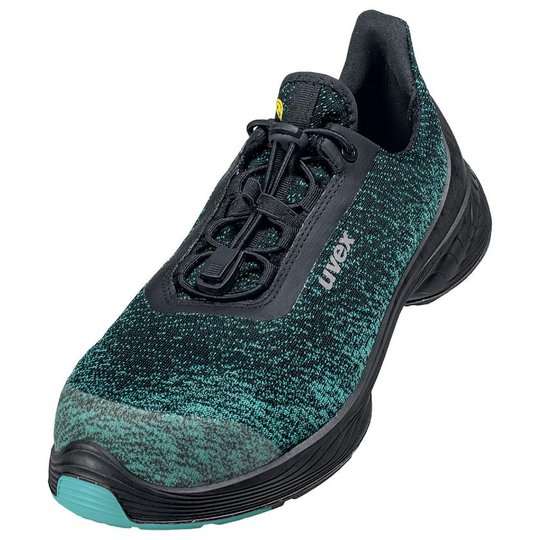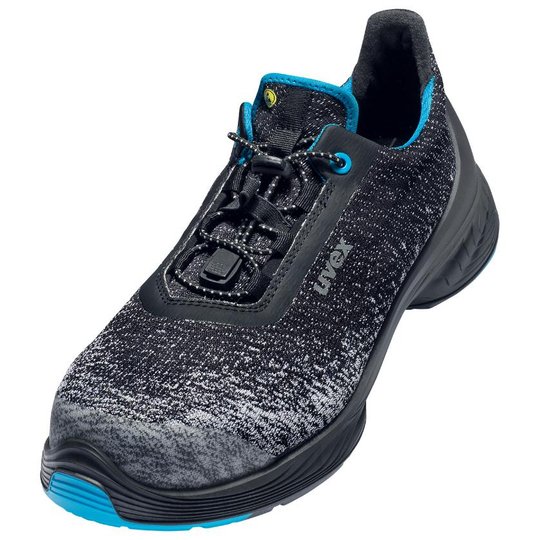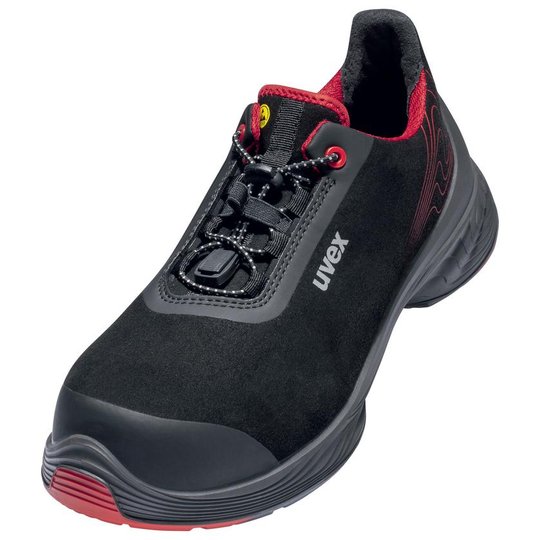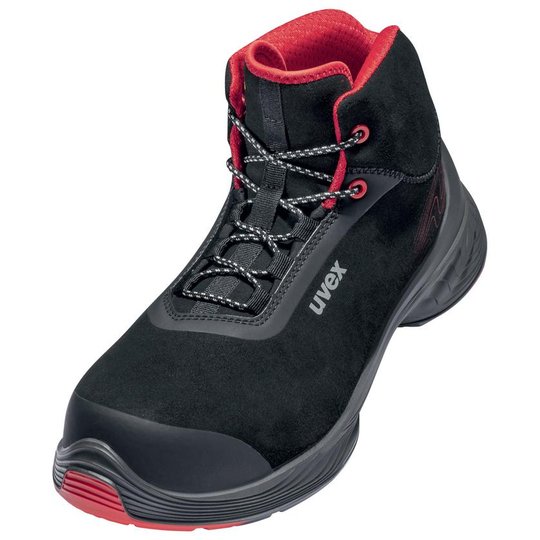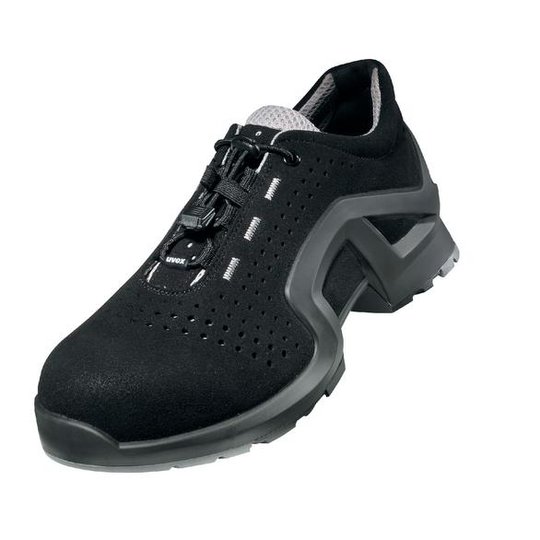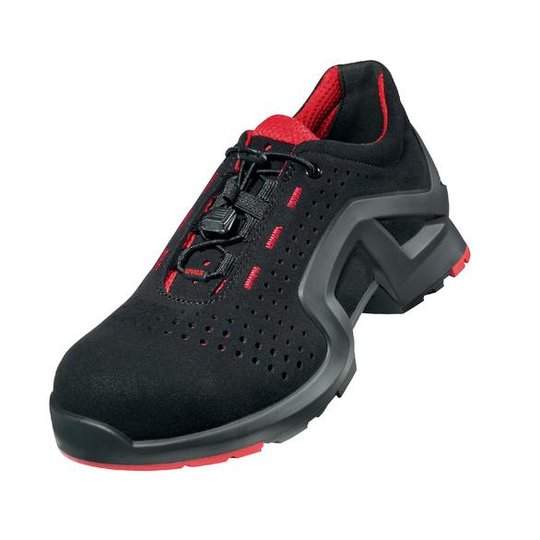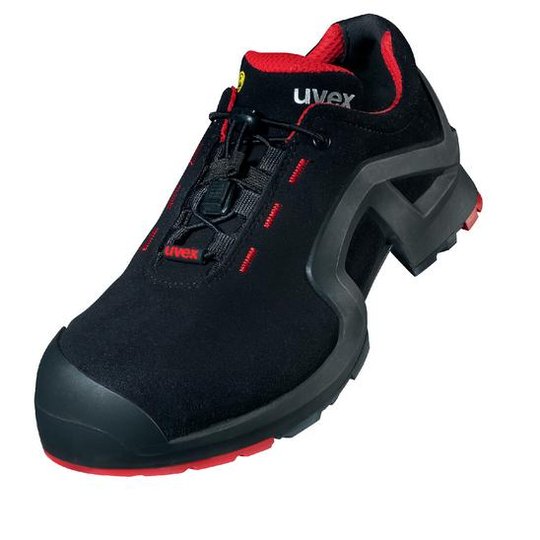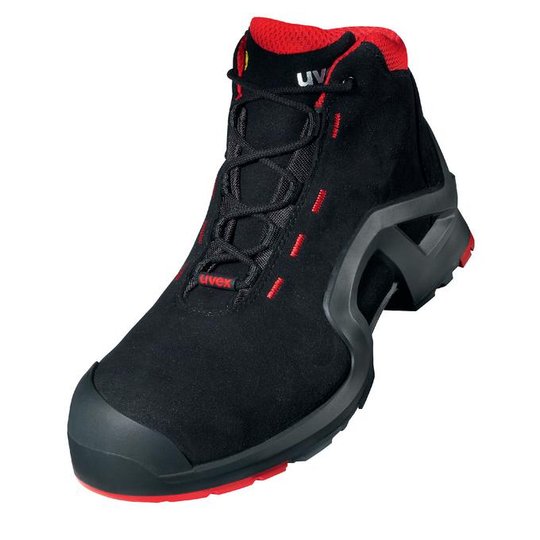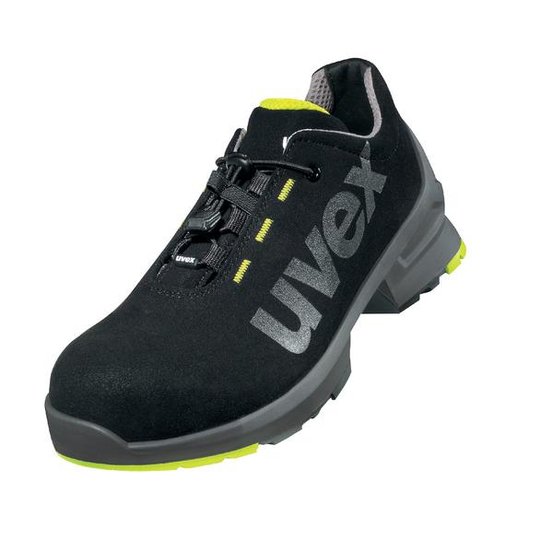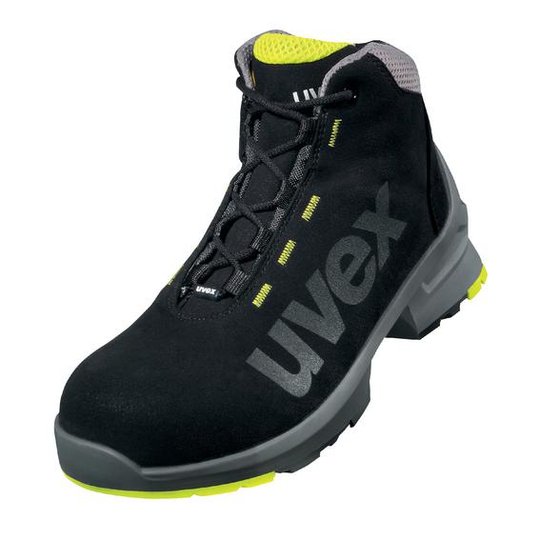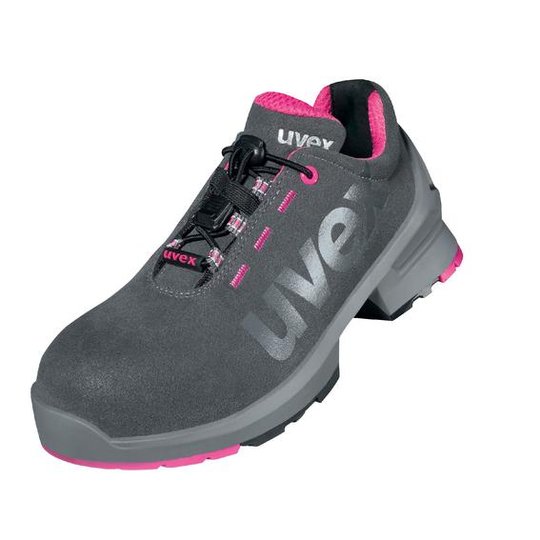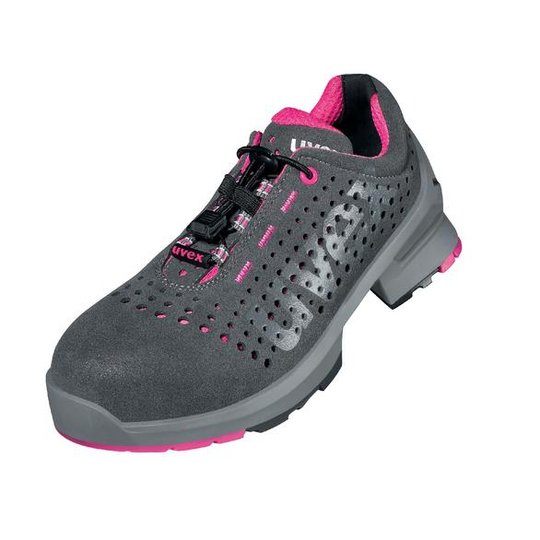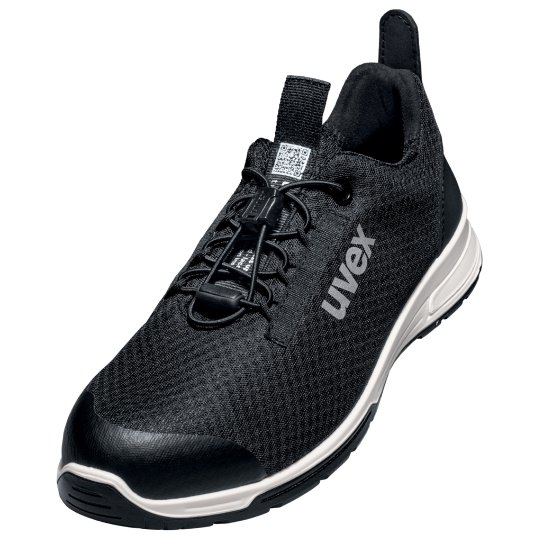Most shoe odour only develops during use. When worn, every shoe has to absorb large quantities of sweat: during an 8-10 hour day alone, the human foot can product up to 200ml of sweat. Your footwear must first handle this amount of liquid - some is converted to steam and released through the outer shoe material and some is retained in the individual components of the shoe (in the lining, the outer shoe material, the insole and the footbed).
Sweat itself does not smell, but unpleasant odours arise when it comes in contact with bacteria. Once the shoe becomes sweaty, the warm and humid microclimate inside the shoe creates the perfect conditions for the growth of bacteria and fungi. The bacteria break down sweat, creating fatty acids, among other by=products, as a result. These cause the unpleasant odour we can smell. But how do you get rid of this odour from your shoes?
How can I prevent unpleasant shoe odour?
By doing the following, you can prevent the build-up of unpleasant odours in your work shoes or eliminate existing odours:
✓ Choose work shoes that offer the necessary ventilation for your workplace.
✓ Give your shoes enough time to dry out completely between uses.
✓ Always wear your safety shoes with socks or stockings with good moisture wicking properties. Mixed fabric socks that contain new wool are the best option.
✓ Change your socks every day.
✓ Use two pairs of shoes in rotation or a second pair of original uvex insoles.
✓ Wash the insoles by hand at 30°C if very dirty.
✓ Replace your insoles regularly.
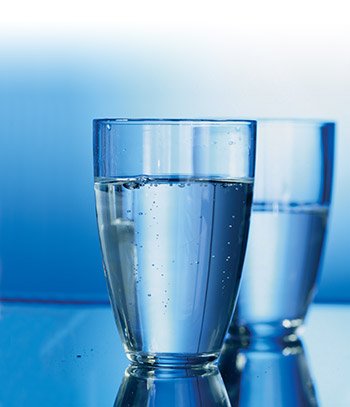
During a working day, the human foot can product up to 200ml of sweat
uvex safety footwear solutions
In addition to regularly taking good care of feet, certain shoes can of course also help to inhibit bacteria growth and reduce unpleasant smells. For example, breathable linings and upper materials can allow water vapour to permeate through the material. Closed shoes prevent sweat from dissipating, which means they create the perfect environment for bacteria to thrive and generate foot odours. Insoles can also be effective, as they are able to absorb moisture, which not only removes the moisture from the skin's surface, but also enhances wearer comfort.
uvex have a range of safety shoes made using perforated, breathable microvelour upper to help heat and moisture evaporate easier and faster, keeping your feet cool and comfortable.

